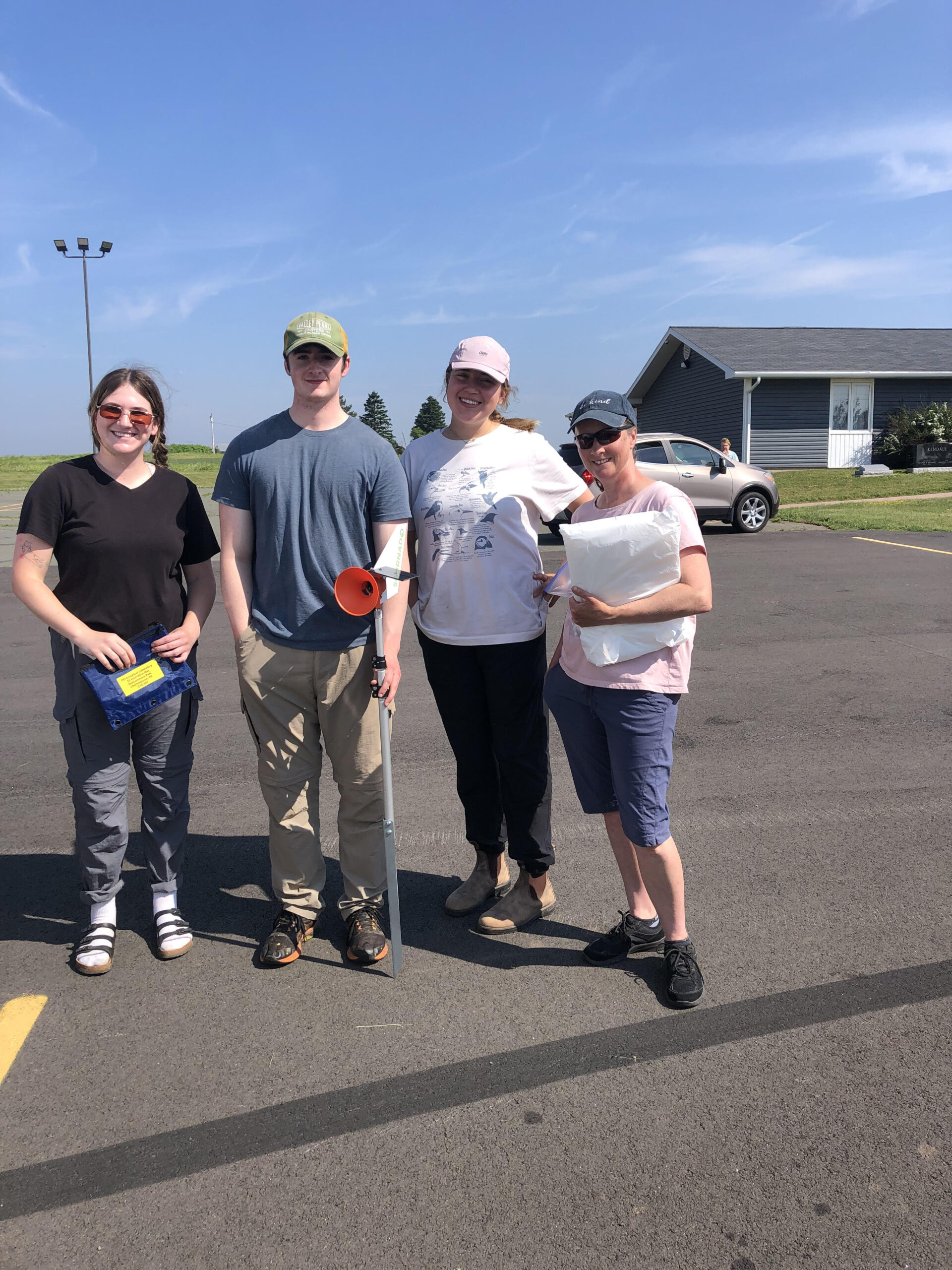
11 Jul PEI AgriWatershed Partnership continues its support for blight spore monitoring for 2024 with the help of local watershed groups and the EPAA
The PEI AgriWatershed Partnership is supporting the Blight Spore Monitoring Program again for 2024. Local Watershed Groups and the East Prince Agri-Environmental Association continue to participate with spore trap collection. 2024 marks the second year the PEI AgriWatershed Partnership is cooperating with the PEI Potato Board, local farmers and a number of watershed groups to conduct a blight spore monitoring program with 12 sites across the Island.
Late Blight is a serious challenge to potato production on PEI. The disease, caused by a fungus-like micro-organism (Phytophthora infestans), has the potential to cause significant damage to a field and can result in millions of dollars lost if there is a major outbreak.
Managing late blight in potato production involves an integrated approach using a variety of tools to mitigate the risk of a field becoming infected. Because spores from an infected field can travel so readily through wind to other potato fields, late blight is also a community disease, so farmers are particularly vigilant when dealing with this pest.
The cornerstone in the control of late blight is prevention. Among other measures, producers will use a variety of sprays to protect their crop. Early in the season, before row closure, systemic products are typically used. Systemic fungicides will travel through the plant and protect it from infection. As the season progresses, contact fungicides that stick to plant surfaces and do not get absorbed into the plant will be used. These products are safe and effective, but do carry a higher risk of moving from the target area to the surrounding environment, particularly as the product can adsorb to soil particles and move with soil should runoff occur.
Crucial to the success of this project is the participation of several watershed groups and the EPAA, who are assisting with the cassette retrieval from the collectors on farms distributed across the Island. Land in agriculture production represents the largest land use category in most watershed areas on PEI. Building and strengthening relationships with their local farming community is a goal of many rural watershed groups on the Island. The watershed groups who were approached to participate in the project welcomed the opportunity to be active partners in helping farmers with the adoption of this BMP to protect watercourses and wetlands.

The Richmond Bay Watershed Association is one of several watershed groups assisting with spore trap collection. Here Richmond Bay Watershed Association coordinator, Cathy Gallant and her field crew get ready for the first spore trap collection.
A huge thank you to the groups cooperating with the 2024 Blight Spore Monitoring
Project;
• Cascumpec Bay Watershed Association Inc.
• Kensington North Watershed Association
• Richmond Bay Watershed Association
• Souris Branch of the PEI Wildlife Federation
• Southeast Environmental Association
• Winter River/Tracadie Bay Watershed Association Inc.
• East Prince Agri-Environmental Association
• The PEI Potato Board
